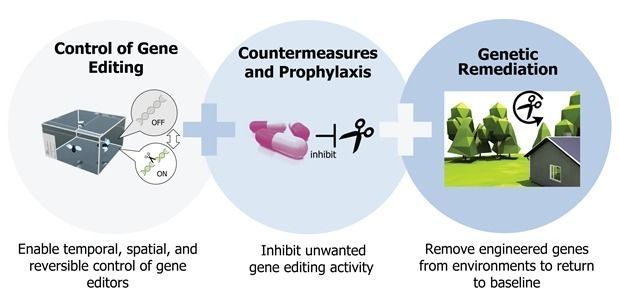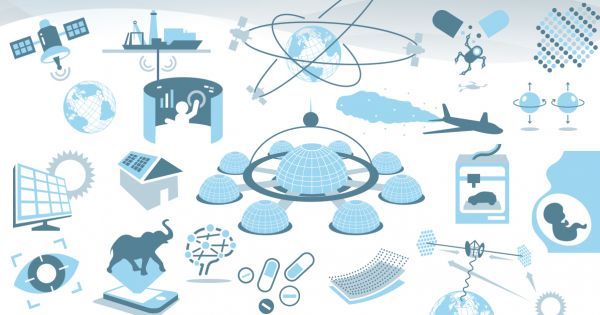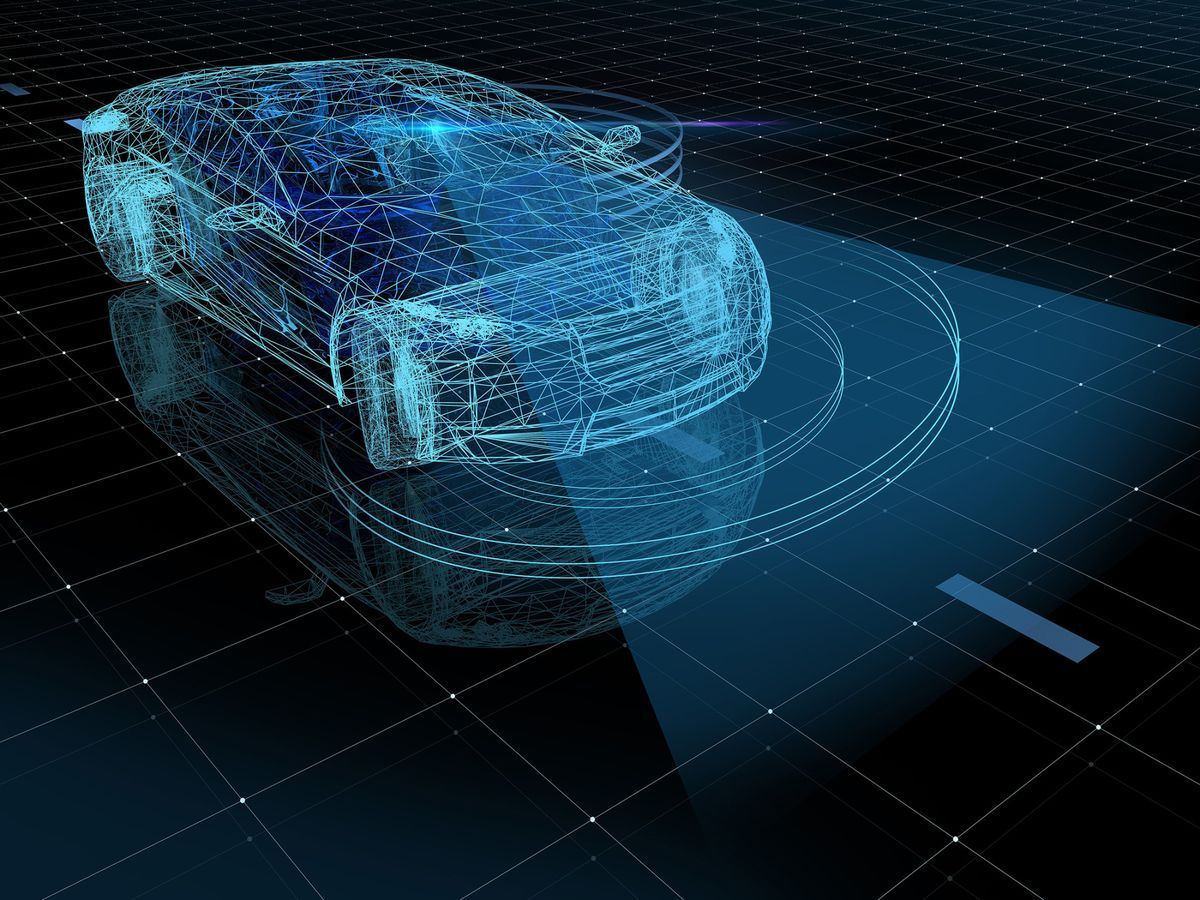Page 10271
Jul 20, 2017
Elliott Small – AgeMeter The Functional Aging Biomarker System
Posted by Steve Hill in categories: biotech/medical, life extension, neuroscience
Chronological age has been typically used as a way to gauge how someone is aging, however this is a poor measure indeed. People tend to age at different rates due to a variety of reasons, environment, diet, diseases in earlier life, stress, exercise and lifestyle all play a role in how a person ages.
Clearly a better way to measure aging is needed if we are to accurately assess how someone is aging for the purposes of health monitoring and research. One way to do this is to use functional aging as a way to determine how someone is aging.
Functional aging is defined as a combination of the chronological, physiological, mental, and emotional ages of a person that give an overall measure of their rate of aging.
Jul 20, 2017
Building the Safe Genes Toolkit
Posted by Roman Mednitzer in categories: bioengineering, biotech/medical, genetics, health, security
DARPA created the Safe Genes program to gain a fundamental understanding of how gene editing technologies function; devise means to safely, responsibly, and predictably harness them for beneficial ends; and address potential health and security concerns related to their accidental or intentional misuse. Today, DARPA announced awards to seven teams that will pursue that mission, led by: The Broad Institute of MIT and Harvard; Harvard Medical School; Massachusetts General Hospital; Massachusetts Institute of Technology; North Carolina State University; University of California, Berkeley; and University of California, Riverside. DARPA plans to invest $65 million in Safe Genes over the next four years as these teams work to collect empirical data and develop a suite of versatile tools that can be applied independently or in combination to support bio-innovation and combat bio-threats.
Gene editing technologies have captured increasing attention from healthcare professionals, policymakers, and community leaders in recent years for their potential to selectively disable cancerous cells in the body, control populations of disease-spreading mosquitos, and defend native flora and fauna against invasive species, among other uses. The potential national security applications and implications of these technologies are equally profound, including protection of troops against infectious disease, mitigation of threats posed by irresponsible or nefarious use of biological technologies, and enhanced development of new resources derived from synthetic biology, such as novel chemicals, materials, and coatings with useful, unique properties.
Achieving such ambitious goals, however, will require more complete knowledge about how gene editors, and derivative technologies including gene drives, function at various physical and temporal scales under different environmental conditions, across multiple generations of an organism. In parallel, demonstrating the ability to precisely control gene edits, turning them on and off under certain conditions or even reversing their effects entirely, will be paramount to translation of these tools to practical applications. By establishing empirical foundations and removing lingering unknowns through laboratory-based demonstrations, the Safe Genes teams will work to substantially minimize the risks inherent in such powerful tools.
Jul 20, 2017
Things to Come: A Timeline of Future Technology [INFOGRAPHIC]
Posted by Derick Lee in categories: futurism, materials
Jul 20, 2017
Everyone would love to write code that didn’t require extensive testing and continuous cycles of debugging, but we all know that simply isn’t possible with current technology
Posted by Roman Mednitzer in category: cybercrime/malcode

What if a new tool could allow software to be written without bugs, and eliminate the need for time consuming test procedures? In this video, Jon Howell and Jay Lorch discuss “IronFleet,” the first methodology for automatically verifying distributed systems and the subject of a Research Highlights video in the July 2017 issue of CACM.
Jul 19, 2017
People who never want to get out of their car will obsess over this amphibious vehicle
Posted by Shailesh Prasad in category: transportation
Jul 19, 2017
Self-Driving Cars Get Boost With Unanimous Vote
Posted by Dan Kummer in categories: government, robotics/AI, transportation
Congress took the first step toward setting rules for self-driving cars, as a House panel unanimously approved a measure that would allow thousands of automated vehicles to hit the road while federal regulators develop safety standards and preempt state rules.
The legislation garnered bipartisan support after Republican leaders adopted Democratic proposals for provisions to bolster safety oversight of self-driving vehicles by federal regulators.
Jul 19, 2017
Elon Musk: We need to build a base on the moon
Posted by Dan Kummer in categories: business, Elon Musk, space travel
Elon Musk thinks we need to build a base on the moon if we are going to stoke public interest in space travel.
Speaking at the International Space Station (ISS) Research & Development Conference in Washington, D.C., on Wednesday, the SpaceX founder and leader spoke about the various opportunities space offers for business and innovation. He also lamented that many people seem to be unaware of the International Space Station, or do not seem to fully understand “how cool the ISS is.”
Asked what opportunities space affords, Musk cited several things, but said, “If you want to get the public fired up, you’ve got to put a base on the moon,” adding that it would be the “continuance to the dream” of the Apollo missions.
Continue reading “Elon Musk: We need to build a base on the moon” »
Jul 19, 2017
Pushing Particles Forwards Might Make Them Go Backwards Because Quantum Physics Is Bonkers
Posted by Sean Brazell in categories: particle physics, quantum physics
You are very lucky that you ended up about the size that you are today, somewhere between one and ten feet tall and weighing somewhere between one and one thousand pounds. This is a very good size. Not to body shame, but if you were, say, a quadrillion times shorter and weighed a nonillion times less (that’s one followed by 30 zeros), that would be very inconvenient for you. Everything would be very inconvenient for you.
One thing you take for granted as a human-sized thing, for example, is that when you push things, they move forward. But a team of researchers realized that this is not necessarily the case if you zoom into the quantum world, where particles might decide to go backwards, no matter what kind of outside force you put on them.

















